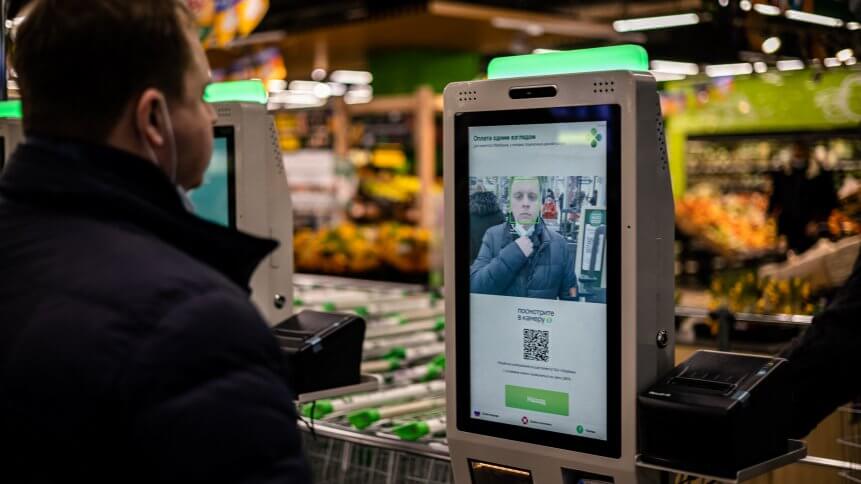What are the digital payment trends setting the pace in 2021?

- Payments are becoming increasingly cashless, and its role in fostering inclusion has become a priority
- Global cashless payment volumes are set to increase by over 80% from 2020-2025
- The entire infrastructure of payments is being reshaped, with new business models emerging
Given how the pandemic changed everything about people’s daily life in the past year, merchants, among others, have learned to pivot quickly. The Covid-19 situation amplified many existing trends: businesses of all sizes turned to e-commerce, contactless payments picked up, and the popularity of omnichannel purchasing skyrocketed. The state of today’s digital payment landscape is one of great upheaval and of exciting possibilities.
Payments are becoming increasingly cashless, as the industry’s role in fostering inclusion has become a significant priority. According to Research and Markets, the transaction value for the global digital payment market was US$5.44 trillion in 2020, and it is projected to be worth US$11.29 trillion by 2026. Payments are supporting the development of digital economies and are also driving innovation — all while functioning as a stable backbone for multiple ecosystems.
Where are we in the digital payment space?
Even before COVID-19, paying using QR codes or by tapping on sales terminals were evidence of a steady shift towards full-fledged digital payment adoption — a shift that might ultimately lead to a cashless global society. Global digital payment volumes are set to increase by more than 80% between 2020 and 2025, from about a trillion transactions to nearly 1.9 trillion, and to almost triple by 2030, according to analysis by PwC and Strategy.
PwC’s analysis also highlights that Asia Pacific region will grow fastest, with cashless transaction volumes growing by 109% up to 2025, and then by 76% from 2025 to 2030. The next-fastest regions will be Africa (78%, 64%) and Europe (64%, 39%). Latin America comes next (52%, 48%), with the US and Canada trailing (43%, 35%). This means that by 2030 the number of cashless transactions will be about double to triple the current level, across regions.
Six months into 2021, it is probably noticeable that some of these trends have surfaced in the industry. Here are three payments trends to watch out for:
More cashier-less stores
The next major transformation will reduce the number of steps to just one — select your in-store goods and leave, making the payment either entirely in the background without the need to check out, or within substantially less time than required by existing checkout processes. By eliminating one of the biggest challenges in the retail purchasing experience, this trend of express automated checkouts introduces not just new possibilities for customer service, but reduces losses and lowers operational expenses too.
YOU MIGHT LIKE

Payment startups big winners of e-commerce boom
The potential for a fully-automated, seamless checkout appeared to be within reach for several years. Today, the number of automated checkout pilots in the market indicates that an inflection point for this technology is here. Startups and established players in this space are quickly learning and iterating, such as Amazon.
JPMorgan shared that cashier-less technologies are even being integrated with other next-generation experiences. “For example, a shopper’s voice or vehicle is recognized to offer a personalized menu or pricing. At the current pace of innovation, cashier-less experiences may soon be available broadly, fundamentally changing our notion of the store,” it said.
The rise of BPNL
Digitally deferred payments have been gaining popularity among users since 2019. In 2020, when finances were especially tight, customers pivoted to the buy-now-pay-later (BNPL) payment models. Merchant adoption for such services on their platforms also shot up as they are trying to meet customer demands for BNPL options, especially among younger users who are averse to running up credit card charges.
As a result of increased demand for BNPL services during the pandemic, major service providers such as Klarna, Afterpay, and Affirm thrived in 2020, and continue doing so this year. These players significantly expanded their customer base amid COVID-19, and their revenues soared.
More cross-border payments
2021 brought renewed international efforts to address frictions in cross-border payments, which are still significantly slower, more expensive and less transparent than domestic payments. The pandemic has shifted global businesses attention when it comes to cross-border payments and they are now turning to financial technology (FinTech) partners for solutions that can make payments more instant and secure, yet transparent.
The pandemic not only highlighted the resilience of cross-border e-commerce in the face of disruptions, but it also demonstrated that business-to-consumer (B2C) brands need to have a mature multichannel strategy to support that cross-border strategy. New players and solutions are competing with bank and card-based solutions at scale, leading to the intensification of non-bank providers.









